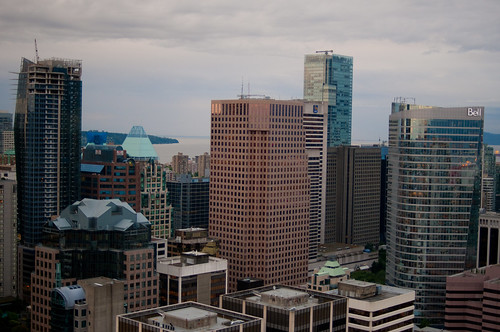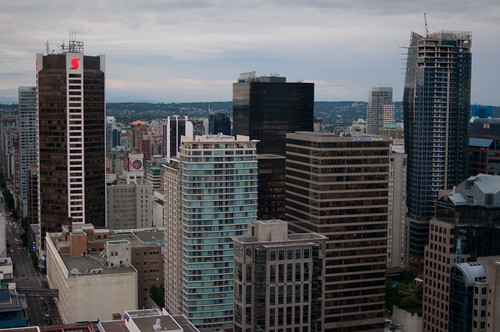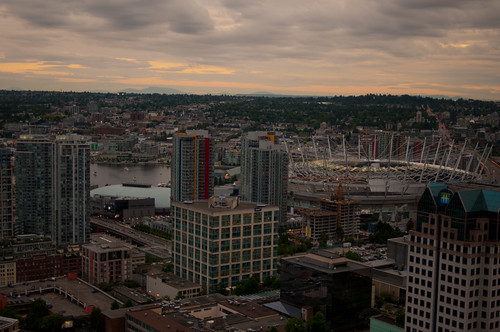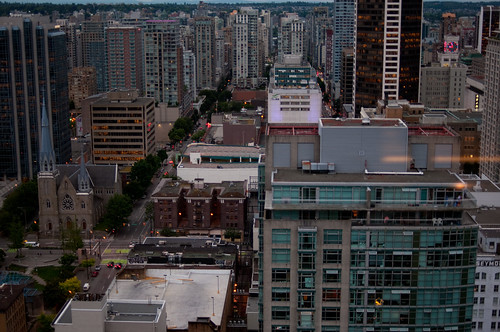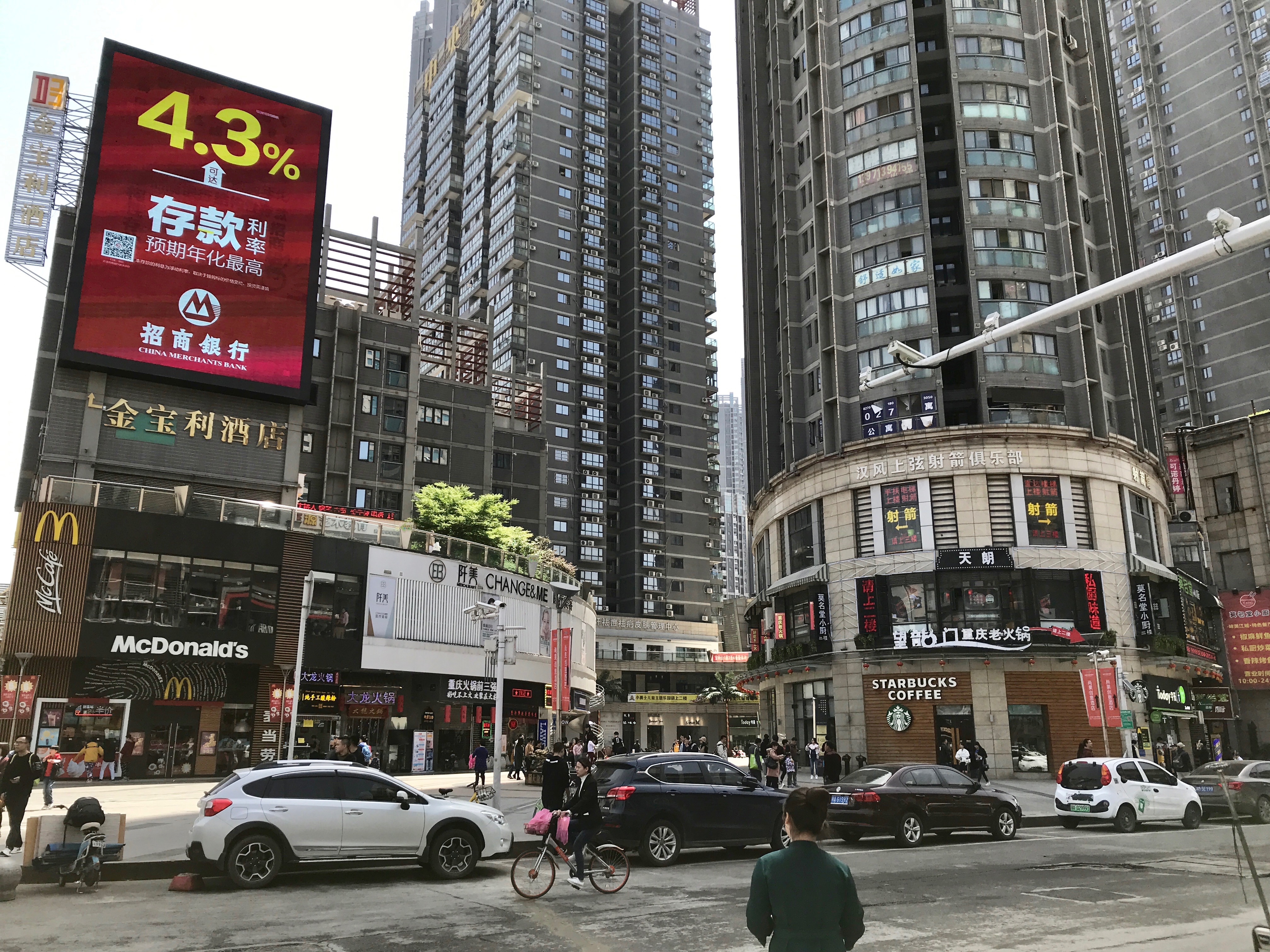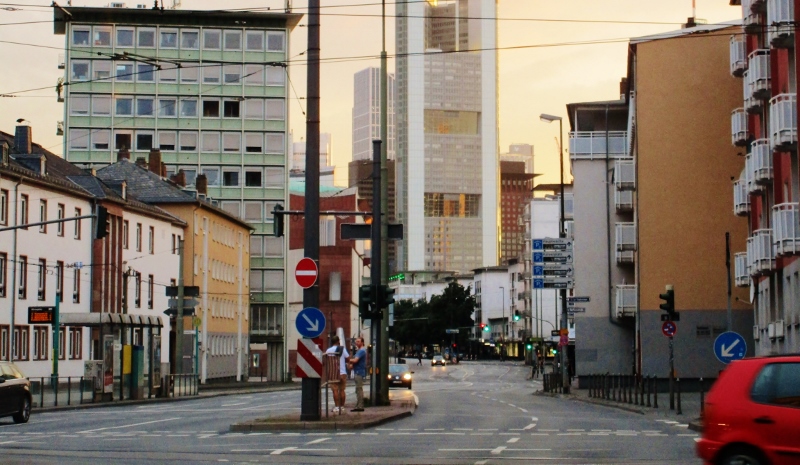Central Business Disticts. By nature, these are neighbourhoods that are linked to local history and entrepreneurship as much as the globalised flows of, well, just about anything. Strong and dense CBDs spur urban redevelopment (though, as Matt Yglesias points out, it just makes the rent too damn high), the improvement of rapid-transit systems, and place cities on the proverbial global stage. These are gateway neighbourhoods: for locals, it allows access to the wider world, while foreign individuals and firms can gain closer access to new markets, new cultures, and new opportunities.
It is, of course, dangerous to think of the central business district as a uniform place. Downtowns, especially in North American cities that lack a historical centre that is distinct from its business centre, are more like a good seven-layer dip: multiple layers are present, not opposing one another, but mixing in a way that creates a functionally cohesive centre. What makes a downtown a downtown is not just skyscrapers, not just fancy restaurants, not just a hot dog stand: it is all of these things, working together with varying degrees of cohesion.
Vancouver’s own central business district is merely an example of this layering. While many decry the city’s rapid condo developments as being a forceful strategy to rid the Downtown area of the city’s disadvantaged (and, to be fair, they have a point), there is more nuance than meets the eye in British Columbia’s most expensive city to live in and find office space in. Vancouver’s city centre is one that melds together smaller buildings that contribute to the city’s history in various ways (Holy Rosary Cathedral, parking garages, St. Clair Hotel), the skyscrapers that signal Vancouver’s increasingly diversified and internationalised populace (The Shangri-La, The Georgia Hotel Residences, W-43), and, of course, the work of the world’s most significant architect: nature, and her North Shore Mountains.


